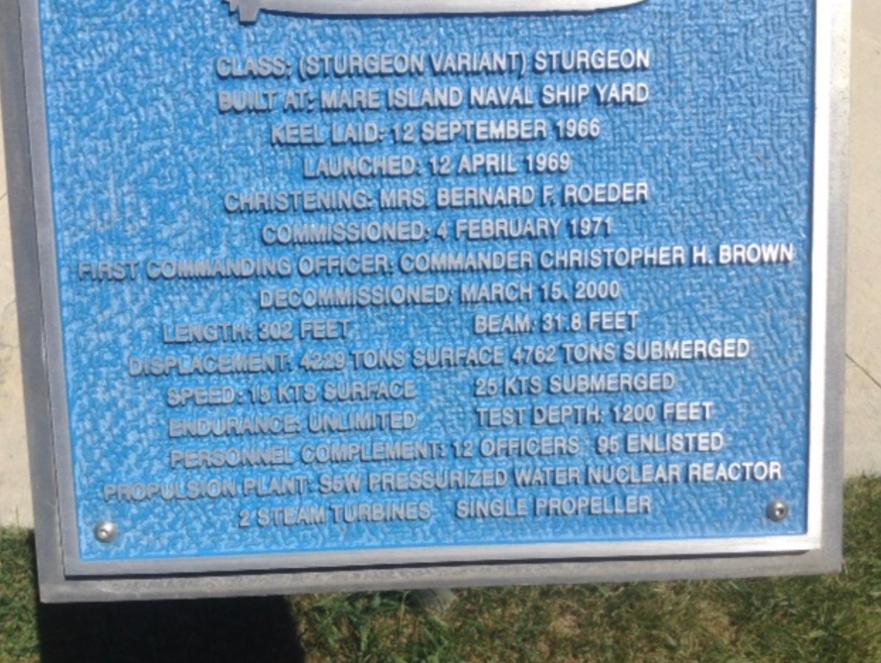Submarine History
Gerry Pollock - USS Henry Clay Reunion
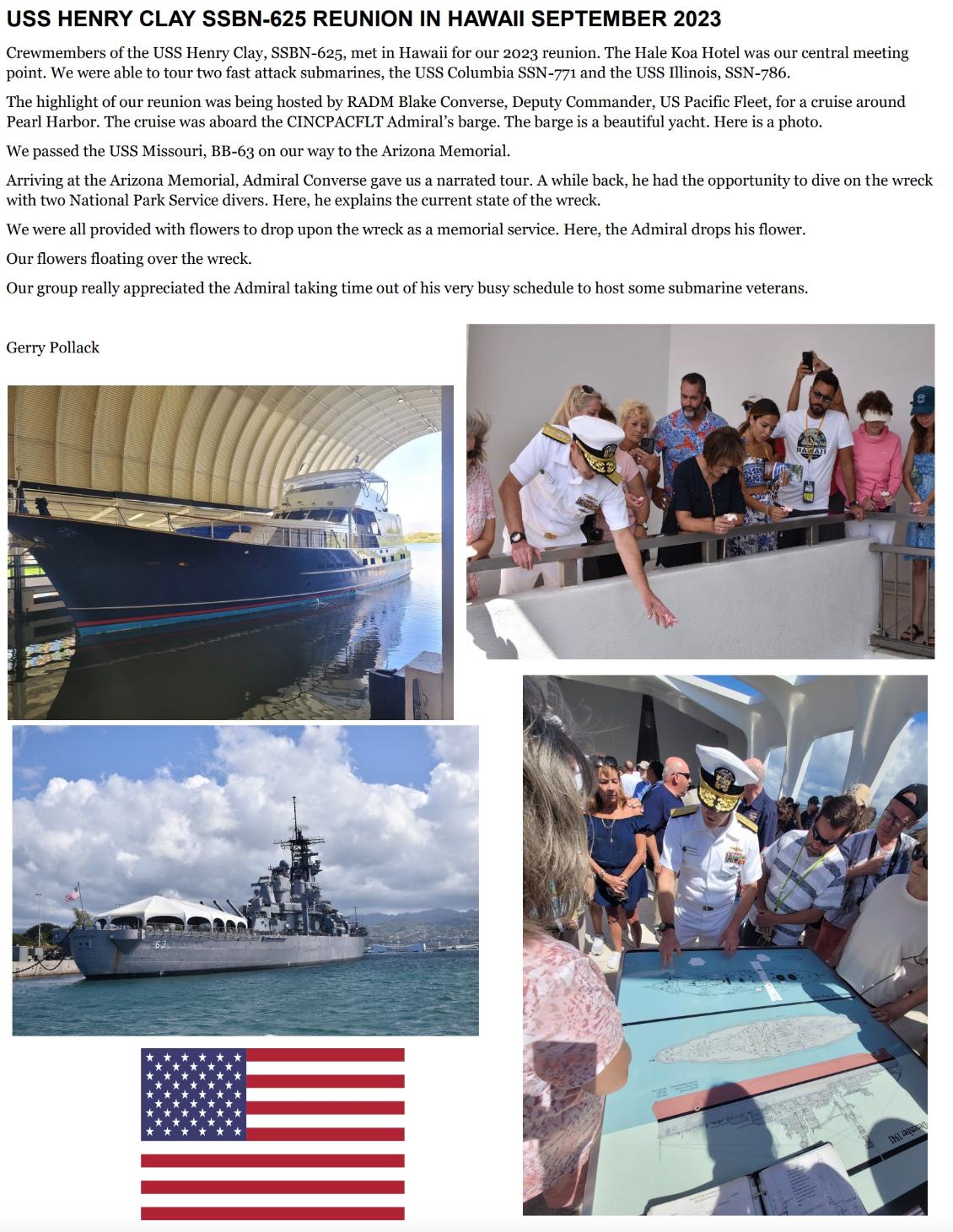
Rickover Letters
Admiral Hyman Rickover served for 63 years and was the key force for USN's Nuclear power program. He graduated from US Naval Academy in 1922. My step father RADM Roy Benson served for 40 years with many years in submarine development. He graduated USNA in 1929. Rickover and Benson crossed paths many times in their careers primarily in the early 1960's when Roy was COMSUBPAC.
During the 1960's, the USN significantly expanded the ballistic missile submarine (SSBN) fleet. By 1964, 41 SSBN's were authorized to be built.
ADM Rickover was heavily involved in the new fleets construction and operations. It was a Rickover tradition to "ride" a new SSBN during sea trails (prior to commissioning) to assure the quality of the boat and its crew. To commemorate the event, Rickover prepared a letter about the boat, but more importantly about the person for whom the boat was named. These letters were distributed widely to submarine and Chief of Naval Operations commands and Congress.Attached are 14 of the letters that Rickover sent to RADM Roy Benson (when he was Assistant Vice Chief of Naval Operations). They represent a "piece" of American history, describing some of the great men who were significant to our country's history.
We will post one letter month for you to enjoy. Click here for list of letters. Click here to see this month's letter.
The round aluminum structure is a display of the what the contaminated articles are put in, and when full, gets buried in the dessert. I tell people that if working in a contaminated area, a screw driver gets contaminated...and it costs $25 to decontaminate it, and a new screwdriver costs $4, it's cheaper to discard the old one. We have to keep that aluminum structure locked... At night transients sleep in it.
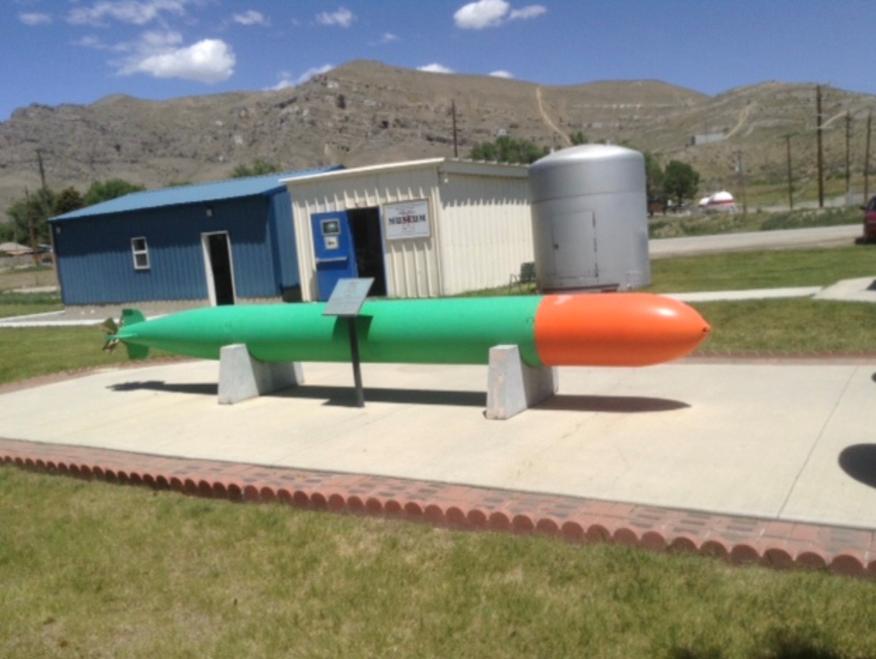
Mark 14 (steam) torpedo... Note two counter rotating propellers....to keep it running straight.
Note: 302 foot length, with a crew of 107. To take on board a two month supply of food, and a crew of 107, makes it kinda crowded. Then they have to store the empty food containers, to bring back to port....can't just discard them at sea. (The boat is submerged....and it would be dangerous to open a hatch, to throw the empty food containers away....and you don't want to surface to do it....it would give your stealth position away).
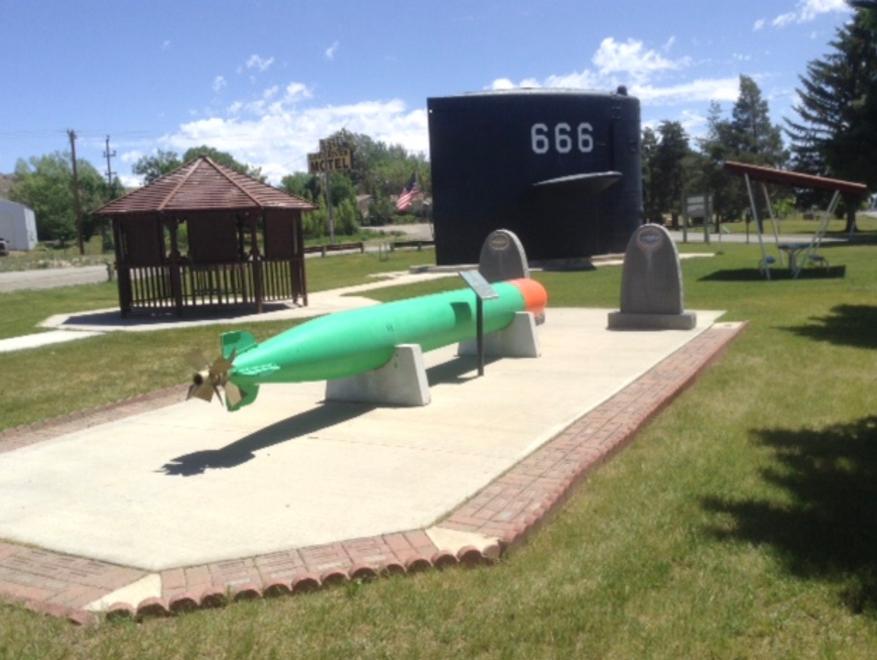
With a number like that, it was nicknamed 'the devil's boat'. I met one of the former skippers..and he said, 'if I tell you what we did, I'd have to kill you'. And I think he meant it. Just as a footnote. The sub is named after a sea turtle, the 'hawksbill'. But somewhere, the letter 'S' got lost.
Also note....the difference in weight...on the surface...and submerged. When the boat is submerged it weighs the same as the sea water it displaces...and has zero buoyancy. It neither raises or sinks. And as the salinity and temperature of the water changes, you have to adjust the 'trim' to keep zero buoyancy.
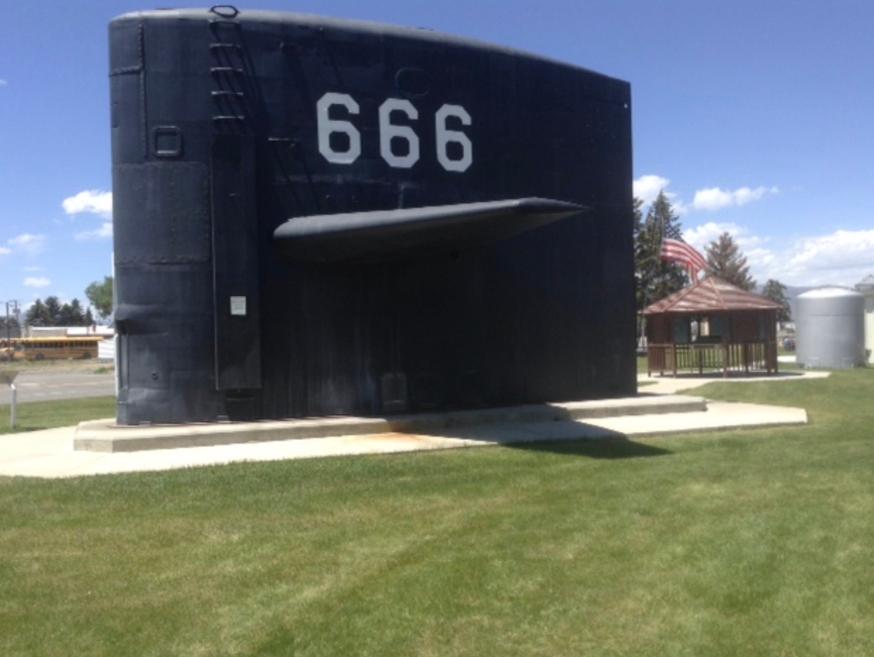
The 'Idaho National Laboratory' is an area almost as big as the state of Rhode Island...and has some 40 research and training nuclear reactors.
